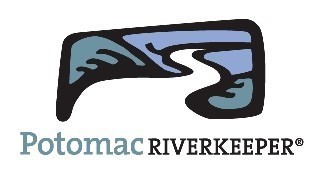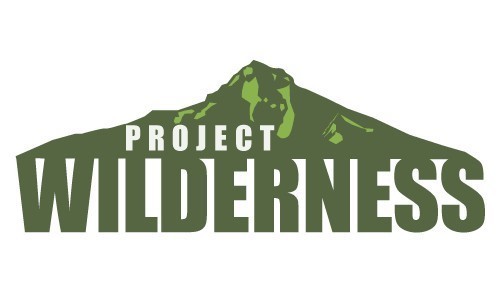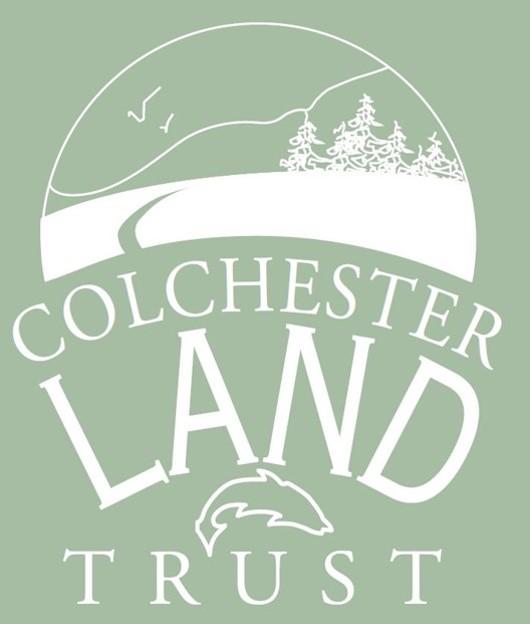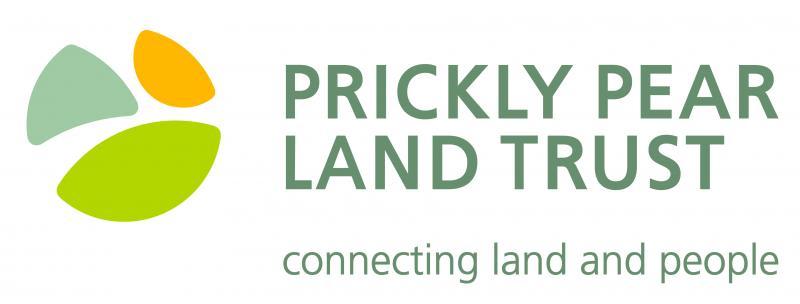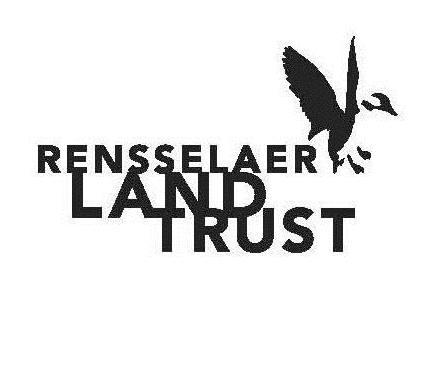Causes: Environment, Natural Resources Conservation & Protection
Mission: The mission of the grand canyon trust is to protect and restore the colorado plateau, its spectacular landscapes, flowing rivers, clean air, diversity of plants and animals, and areas of beauty and solitude.
Programs: Land our north rim ranches program focuses on protecting the ecological, cultural and scenic values of a vast landscape stretching north from the grand canyon's north rim. We accomplish this through developing and implementing science-based land management practices for achieving conservation and restoration objectives. With our partners, in 2017, we completed several multi-year research projects including: habitat restoration at critical springs and lakes, and camera trapping to monitor wildlife movements across the kaibab plateau. We continued multi-year experiments to control the spread of invasive cheat grass and to understand better how important native trees may be resilient to long-term climate change impacts. Gct's utah wildlands program works to secure permanent protections for eastern utah's outstanding public lands. In 2017, gct continued to work with tribal and ngo partners to defend the 1.35-million-acre bears ears national monument. The designation in 2016 represents the first time in the 110-year history of the antiquities act that tribes have petitioned the government to protect ancestral lands. It's also groundbreaking - it is the first antiquities act monument to honor not just artifacts, but the modern day people and cultures connected to them. In 2017, an executive order decreased the monument area from 1.35 million acres to 200,000 acres. Gct's effort to protect the monument includes litigation defending the original designation boundaries, and significant engagement in nepa processes that will determine how the monument is managed. Gct's utah forests program undertakes ecological assessments, restoration projects, and policy initiatives within the three national forests of utah that occupy the colorado plateau: the manti-la sal national forest, fishlake national forest, and dixie national forest. The program also works within grand staircase-escalante national monument, canyons of the ancients national monument, and capitol reef national park. In 2017, gct provided leadership for two diverse-stakeholder, consensus collaborations to solve specific ungulate grazing problems: the monroe mountain working group and the riparian forests working group. Additionally, as part of our commitment to support the next generation of conservation advocates, in 2017, the utah forests program mentored several interns in ecological work. Gct's arizona forest program has been deeply engaged in arizona forest restoration efforts since 1996.In 2009, we helped launch the four forest restoration initiative (4fri), which is the largest restoration project of its kind. As a function of the trust's leadership through final negotiations, 4fri's first 1-million-acre environmental impact statement (eis) cleared the nepa process without serious challenge. On-the-ground restoration efforts cleared within that 1-million-acre footprint have commenced. 4fri's second 1 million acre eis has commenced. We expect the second phase eis to be completed in 2020, at which point an enormous area of more than 2 million acres will have been planned and cleared for restoration. Gct's grand canyon program fights threats to the grand canyon and grand canyon national park, which include continued uranium mining within the grand canyon watershed and inappropriate commercial development adjacent to the park and below the rim. In 2017, gct played a central role in preventing the construction of a large commercial development that would have constructed a tramway from the rim to the river at the confluence of the colorado and little colorado rivers.
native america gct's native american program focuses on giving native people a voice and role in the protection of the colorado plateau. We do this by facilitating dialogue among the eleven native american tribes that have resided across this landscape for thousands of years, and who now control the future of some 30,000 square miles of this region. The heart of this work is the inter-tribal gatherings process, which brings together colorado plateau tribes to collaborate on addressing environmental challenges and cultural preservation. Gct has facilitated sixteen gatherings over the past eight years. In recent years, participants have identified climate change as one of the biggest threats to the native american way of life, and the gatherings have initiated collaborative responses to this challenge. The native american business incubator network (nabin) is a program founded in 2011 as part of the grand canyon trust's (gct) native america program. Nabin's focus is to build a strong entrepreneurial community through innovation and cultural integrity. Currently operating six initiatives, nabin's programs are designed to serve native american owned businesses with the intent to boost existing talent within the communities they serve. The native america program is also working with the navajo nation and navajo chapters to diversify their economies around utility scale solar projects, the tourism industry, and a lamb processing cooperative. These projects will provide ecologically sustainable opportunities for development and employment. This is particularly important in the context of the navajo generating station's scheduled closure in 2019.
gct's energy program aims to address three major issues: transitioning away from high-carbon fuels to clean energy alternatives, preventing toxic and radioactive uranium contamination on the colorado plateau, and mitigating the environmental impacts of methane emissions on navajo lands. The climate aspect of the program focuses on preventing high-carbon fuel development and creating solutions that enable energy efficiency and clean energy alternatives. We are using litigation to challenge all oil shale and tar sands projects that require the use of federal public land. On the clean energy front, we are currently focused on a legislative campaign to pass property assessed clean energy (pace) legislation in arizona. Pace is an innovative financing mechanism that allows property owners to add a voluntary assessment to their property taxes to pay for energy efficiency, renewable energy and water conservation projects. On the uranium front, gct is employing political and legal strategies to protect the uranium withdrawal in the grand canyon region, and ensure sufficient monitoring and reclamation of the white mesa uranium mill. Additionally, gct is working with tribal and ngo partners to pursue regulation of methane emission on the navajo nation.
volunteer expenses gct's volunteer program is building a constituency of advocates and stewards of public and native american lands on the colorado plateau. Hands-on restoration and conservation work builds connections between people and the land, and inspires lifelong commitments to conservation. Over the last year, over 300 volunteers donated 15,000 hours of service completing high priority, hands-on stewardship projects. Hands-on conservation projects included: springs restoration and monitoring on north rim ranches and national forest within the four forest restoration initiative footprint; and data collection that supports grazing reform efforts in southern utah forests.
Mission: The mission of the grand canyon trust is to protect and restore the colorado plateau, its spectacular landscapes, flowing rivers, clean air, diversity of plants and animals, and areas of beauty and solitude.
Programs: Land our north rim ranches program focuses on protecting the ecological, cultural and scenic values of a vast landscape stretching north from the grand canyon's north rim. We accomplish this through developing and implementing science-based land management practices for achieving conservation and restoration objectives. With our partners, in 2017, we completed several multi-year research projects including: habitat restoration at critical springs and lakes, and camera trapping to monitor wildlife movements across the kaibab plateau. We continued multi-year experiments to control the spread of invasive cheat grass and to understand better how important native trees may be resilient to long-term climate change impacts. Gct's utah wildlands program works to secure permanent protections for eastern utah's outstanding public lands. In 2017, gct continued to work with tribal and ngo partners to defend the 1.35-million-acre bears ears national monument. The designation in 2016 represents the first time in the 110-year history of the antiquities act that tribes have petitioned the government to protect ancestral lands. It's also groundbreaking - it is the first antiquities act monument to honor not just artifacts, but the modern day people and cultures connected to them. In 2017, an executive order decreased the monument area from 1.35 million acres to 200,000 acres. Gct's effort to protect the monument includes litigation defending the original designation boundaries, and significant engagement in nepa processes that will determine how the monument is managed. Gct's utah forests program undertakes ecological assessments, restoration projects, and policy initiatives within the three national forests of utah that occupy the colorado plateau: the manti-la sal national forest, fishlake national forest, and dixie national forest. The program also works within grand staircase-escalante national monument, canyons of the ancients national monument, and capitol reef national park. In 2017, gct provided leadership for two diverse-stakeholder, consensus collaborations to solve specific ungulate grazing problems: the monroe mountain working group and the riparian forests working group. Additionally, as part of our commitment to support the next generation of conservation advocates, in 2017, the utah forests program mentored several interns in ecological work. Gct's arizona forest program has been deeply engaged in arizona forest restoration efforts since 1996.In 2009, we helped launch the four forest restoration initiative (4fri), which is the largest restoration project of its kind. As a function of the trust's leadership through final negotiations, 4fri's first 1-million-acre environmental impact statement (eis) cleared the nepa process without serious challenge. On-the-ground restoration efforts cleared within that 1-million-acre footprint have commenced. 4fri's second 1 million acre eis has commenced. We expect the second phase eis to be completed in 2020, at which point an enormous area of more than 2 million acres will have been planned and cleared for restoration. Gct's grand canyon program fights threats to the grand canyon and grand canyon national park, which include continued uranium mining within the grand canyon watershed and inappropriate commercial development adjacent to the park and below the rim. In 2017, gct played a central role in preventing the construction of a large commercial development that would have constructed a tramway from the rim to the river at the confluence of the colorado and little colorado rivers.
native america gct's native american program focuses on giving native people a voice and role in the protection of the colorado plateau. We do this by facilitating dialogue among the eleven native american tribes that have resided across this landscape for thousands of years, and who now control the future of some 30,000 square miles of this region. The heart of this work is the inter-tribal gatherings process, which brings together colorado plateau tribes to collaborate on addressing environmental challenges and cultural preservation. Gct has facilitated sixteen gatherings over the past eight years. In recent years, participants have identified climate change as one of the biggest threats to the native american way of life, and the gatherings have initiated collaborative responses to this challenge. The native american business incubator network (nabin) is a program founded in 2011 as part of the grand canyon trust's (gct) native america program. Nabin's focus is to build a strong entrepreneurial community through innovation and cultural integrity. Currently operating six initiatives, nabin's programs are designed to serve native american owned businesses with the intent to boost existing talent within the communities they serve. The native america program is also working with the navajo nation and navajo chapters to diversify their economies around utility scale solar projects, the tourism industry, and a lamb processing cooperative. These projects will provide ecologically sustainable opportunities for development and employment. This is particularly important in the context of the navajo generating station's scheduled closure in 2019.
gct's energy program aims to address three major issues: transitioning away from high-carbon fuels to clean energy alternatives, preventing toxic and radioactive uranium contamination on the colorado plateau, and mitigating the environmental impacts of methane emissions on navajo lands. The climate aspect of the program focuses on preventing high-carbon fuel development and creating solutions that enable energy efficiency and clean energy alternatives. We are using litigation to challenge all oil shale and tar sands projects that require the use of federal public land. On the clean energy front, we are currently focused on a legislative campaign to pass property assessed clean energy (pace) legislation in arizona. Pace is an innovative financing mechanism that allows property owners to add a voluntary assessment to their property taxes to pay for energy efficiency, renewable energy and water conservation projects. On the uranium front, gct is employing political and legal strategies to protect the uranium withdrawal in the grand canyon region, and ensure sufficient monitoring and reclamation of the white mesa uranium mill. Additionally, gct is working with tribal and ngo partners to pursue regulation of methane emission on the navajo nation.
volunteer expenses gct's volunteer program is building a constituency of advocates and stewards of public and native american lands on the colorado plateau. Hands-on restoration and conservation work builds connections between people and the land, and inspires lifelong commitments to conservation. Over the last year, over 300 volunteers donated 15,000 hours of service completing high priority, hands-on stewardship projects. Hands-on conservation projects included: springs restoration and monitoring on north rim ranches and national forest within the four forest restoration initiative footprint; and data collection that supports grazing reform efforts in southern utah forests.
info@grandcanyontrust.org
2601 N Fort Valley Rd, Flagstaff, AZ 86001
928-774-7488

Environment
Flagstaff









